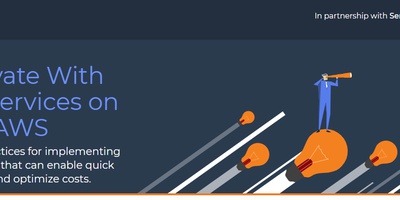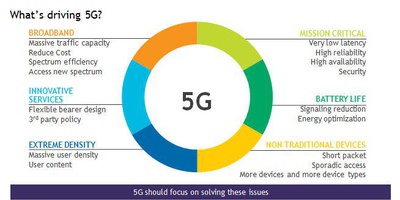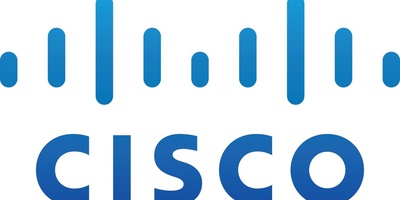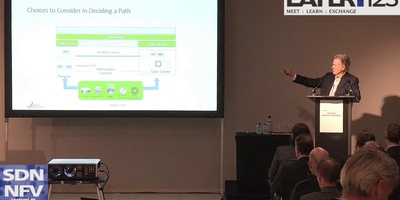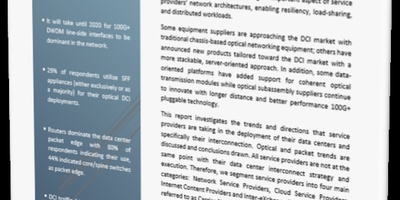NEWS
With Its Big Switch Acquisition, Arista Strengthens Its Flight Plan for the Clouds
It’s a multi-cloud future, this we know.
Developers and IT teams want as seamless a path as they can get to use the capabilities multiple cloud providers offer.
With this context building over the past several years, Arista has created a formidable cloud networking business, mastering a few important pieces of the puzzle, mostly centered on creating the robust network operating software required in cloud-scale operations, along with a portfolio of high- performance switching and routing platforms to provide the physical networking fabrics that both private and public data center clouds require.
That said, the company has not (to date) applied itself broadly to the higher levels of automation and software control needed to integrate networking transparently with cloud provider environments. Yes, it has created offerings in a comparatively modest set of use cases, such as running virtualized copies of its EOS network operating software in a given cloud-based environment. But it has not developed a broad architectural framework and the accompanying portfolio for supporting transparent multi-cloud deployments in support of diverse application services.
With its acquisition of Big Switch that has all changed. Arista now has the opportunity now to create that level of transparency and automation for its customers. It is significantly strengthening the toolkits, technologies, and the talent pool it has available for working on multi-cloud networking solutions.
For its part, Big Switch has proven itself to be an innovator in delivering streamlined, automated offerings to simplify hybrid multi-cloud operations. It has adapted the virtual private cloud (VPC) construct from one that applies to a single cloud provider’s environment and generalized it for use across a mix of cloud provider systems. The result is that its customers have one fabric to manage regardless of location, in a private or public cloud. Its Big Cloud Fabric and Multi-Cloud Director offerings are examples of these capabilities.
Although these assets are substantial and will make a big difference for Arista, we shouldn’t think Arista has now broken the code for addressing all the critical requirements needed in the multi-cloud networking landscape. There remain big challenges in stretching fabrics seamlessly to the edge of both enterprises’ and service providers’ networks. And there are challenges in simplifying the operation of cloud data center infrastructures across dozens, if not hundreds, of sites.
Each of those, however, is a requirement that the right developments and focus can address. Meanwhile and as a result of this business development step, it’s clear that Arista’s prospects for helping customers manage their deployments across a multi-cloud implementation have materially improved.



